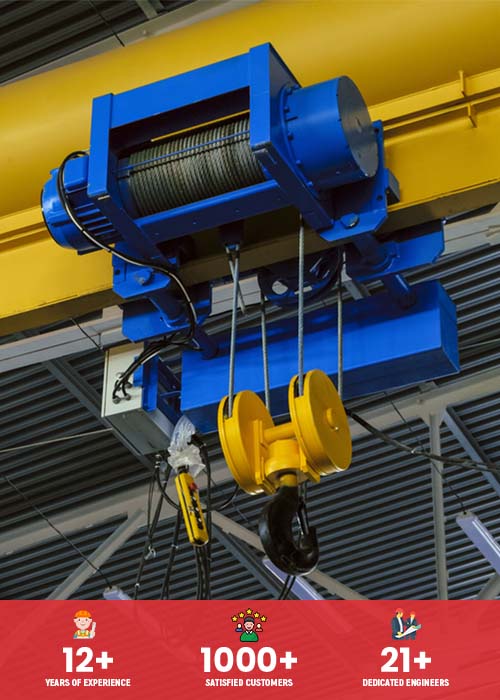How To Choose the Right Crane for Your Industrial Needs
Finding the equipment that will best meet the specific overhead handling needs and time constraints of an operation can be difficult and time-consuming. Every Crane manufacturer in Ahmedabad produces a wide range of cranes and hoists to handle various loads, capacities, usage frequencies, and climatic conditions in various industries. Even just knowing where to start might be difficult. As you start your investment adventure in cranes and hoists, it is advised that you take the following aspects into account. You may choose more wisely if you are aware of each of these areas, how they affect the overall specification, and the purchasing process.
Load
Manufacturers of cranes and hoists must be aware of the object you are lifting, including its size, overall weight, surface qualities, uniformity (or lack thereof) of shape, material, construction, and fragility. Also indicate whether the load will be handled while being wet, dry, dusty, oily, or in another condition. It’s also crucial to consider whether the crane and hoist will need to carry multiple types of loads. There may be more than one recommended overhead lifting and handling solution, depending on how distinct one load is from the others.
Operating movement
Both interior and outdoor uses of cranes and hoists can provide unique obstacles, such as temperature, hazardous circumstances, dust, heat, humidity, liquids, oils, fibres, corrosive chemicals, and more. To improve dependability and service life, a specific crane and hoist combination may be suggested depending on the application.
Lifting height
Another very obvious factor while choosing a crane is the lifting height. Any crane you employ should be able to lift anything at least as high as necessary. When deciding on your lift height, there are a few factors that may not immediately come to mind. The size of the trolley and hoist equipment is one of these extra factors. You may experience problems if your crane only provides the bare minimum of clearance needed for your lifts because of the room needed for your hoist trolley, hoist and maybe below-the-hook lifting equipment.
You must also take into account the restrictions which are there in your work floor. You might need to think about unique low-profile solutions if the height of your facility’s ceiling is near to the lift height.
Budget
Although it may be tempting to choose the crane and hoist solution with the lowest price, there is a good chance that the system was not developed to fulfil the application’s actual requirements. It is unlikely that a correctly constructed system will be the cheapest, but it will have a greater chance of lasting longer with fewer operational problems, less downtime, and a higher level of safety. Beyond the initial purchase price, all capital equipment expenditures have further costs. When calculating the equipment’s total cost, be careful to include installation, replacement components, maintenance contracts, service agreements, and the desired level of field service teams’ issue response.
Moving distance
Every overhead crane is made to transport cargo long distances. What sort of crane is best for your application will depend on the distance and direction of travel. A jib-crane could be the most effective kind of crane if your travelling distance is little or you are limited to a single workplace, particularly one with a circular area of coverage. A gantry gives the most range of movement for travel over longer distances in either direction. A crane with some kind of track or rails may be quite effective if you need to transfer items longer or along a set path.





